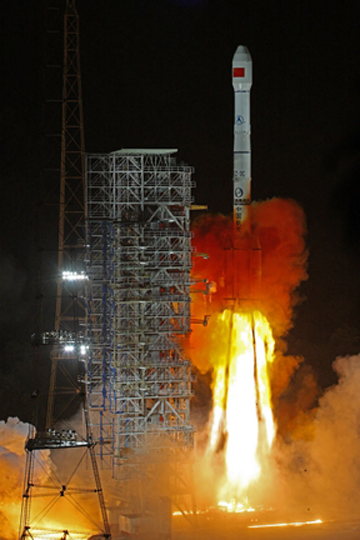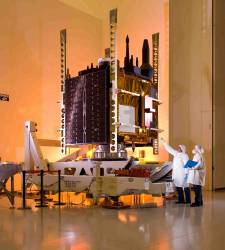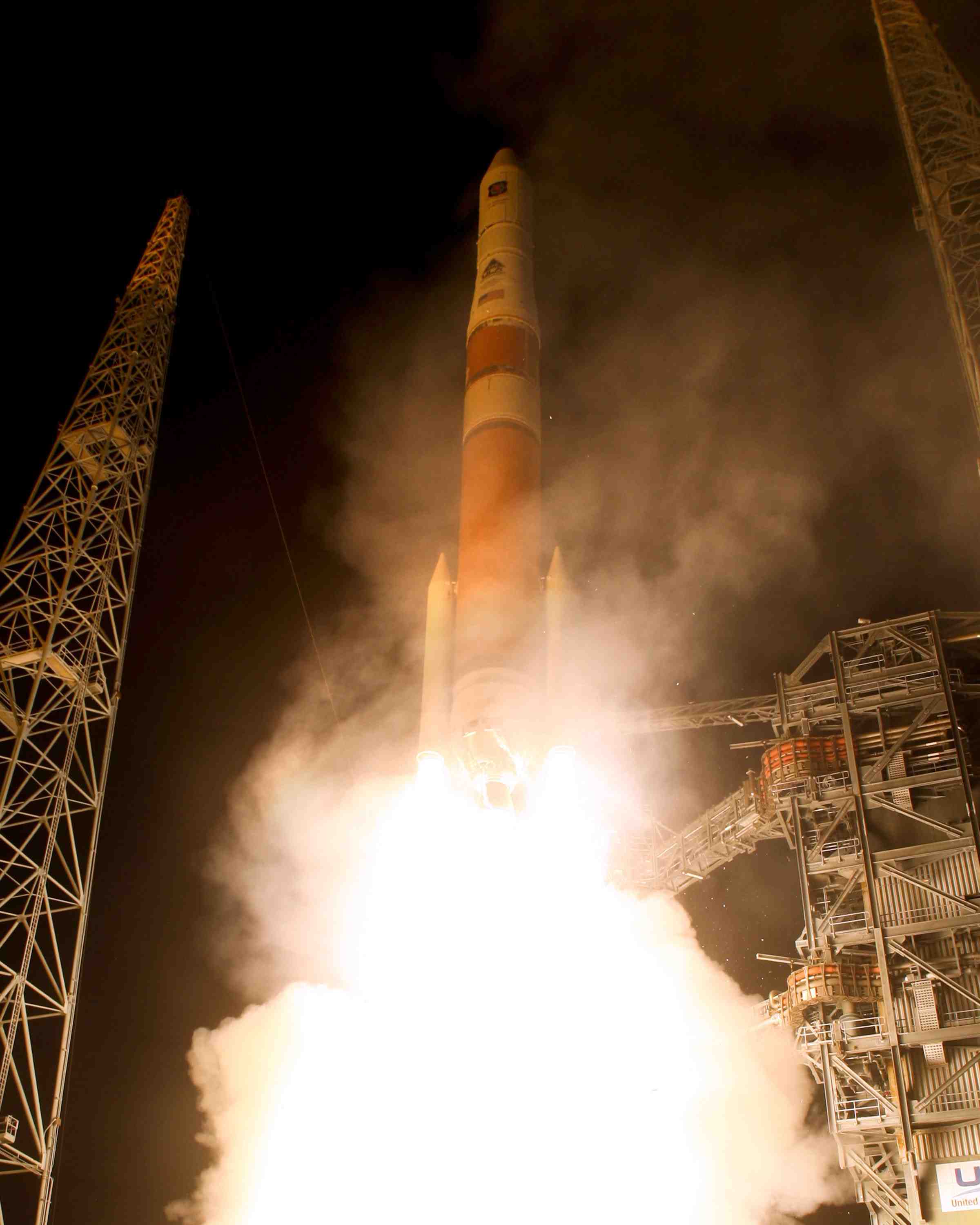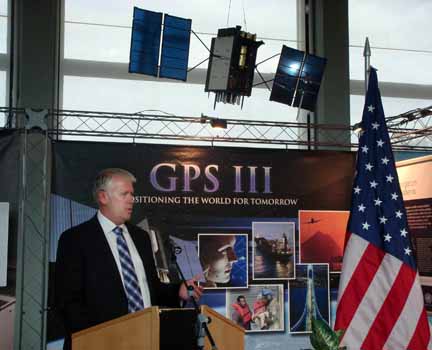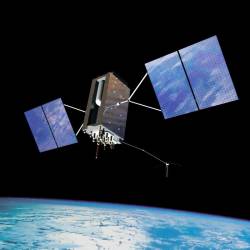Hemisphere Launches GPS Vector II OEM Board

Hemisphere GPS has announced its Crescent Vector II OEM board and a series of related Crescent Vector II GPS compass products.
The new OEM board, targeted for system integrators, brings a series of new features to the company’s patented Crescent receiver technology, including heave, pitch, and roll output; more accurate timing, lower phase noise, and an improved accelerometer.
The Crescent Vector II design provides precise heading and positioning accuracy even while a mobile platform is motionless.
By Inside GNSS



